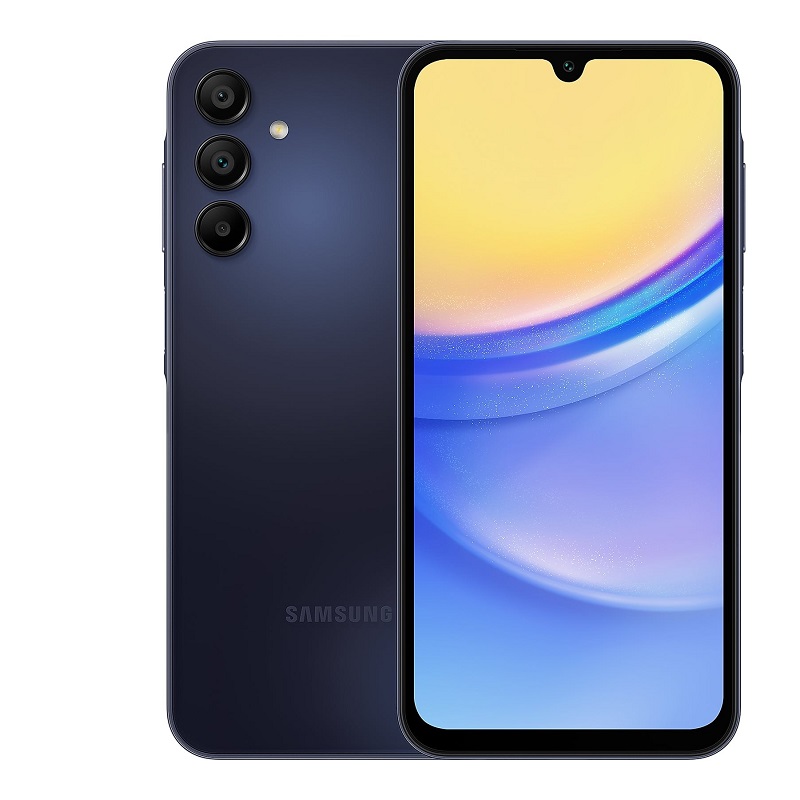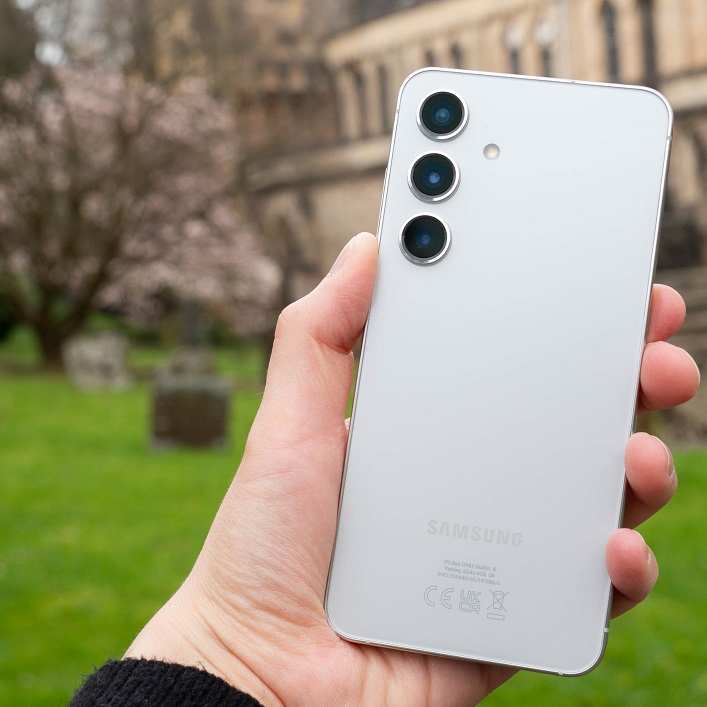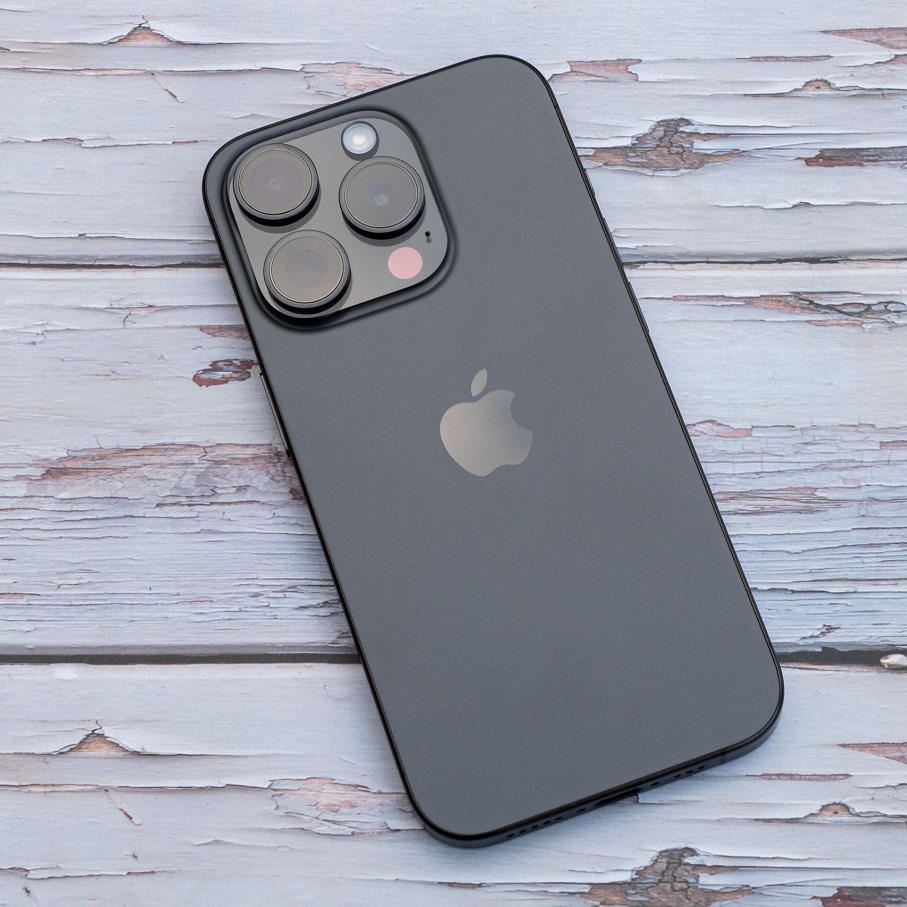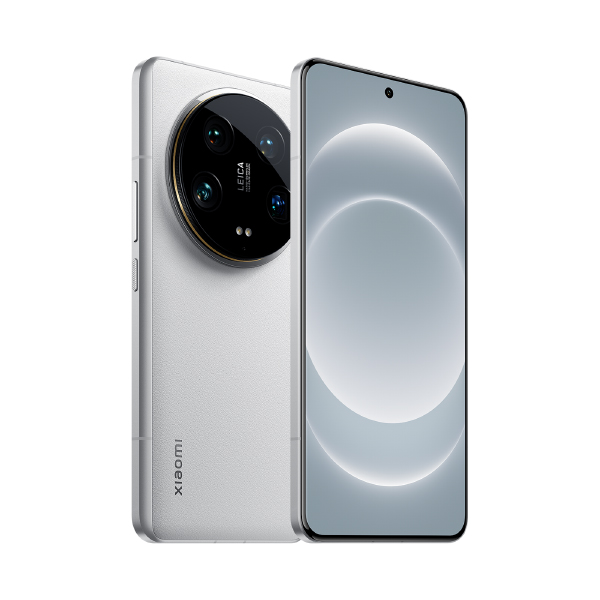The Birth of Camera Phones
The journey of camera phones began in 2000 with the first cell phone with camera. This groundbreaking device marked a pivotal moment in mobile technology and personal photography. The aptly named J-Phone SH04 debuted in Japan. It combined standard cellular features with the ability to capture digital images. People could now snap pictures anywhere and share them instantly. The quality of the photos was modest, with the camera capturing images at just 0.11 megapixels. Yet, this innovation sparked a revolution in how we communicate and document our lives. The introduction of the first cell phone with camera paved the way for continuous enhancements and the sophisticated smartphones we use today.
Key Milestones in Camera Phone Development
After the introduction of the first cell phone with camera, the industry saw rapid changes. Early models soon gave way to more advanced devices. Each new release brought sharper images and better technology. We witnessed key milestones that shaped today’s camera phones.
- 2002: Camera phones with color screens emerged, enhancing the photo viewing experience.
- 2004: The megapixel race began, with phones featuring cameras capable of 1 megapixel resolution.
- 2005: Autofocus and flash became standard, improving photo quality under various conditions.
- 2007: The launch of the iPhone incorporated a multi-touch interface, changing how users interacted with their camera phones.
- 2010: Front-facing cameras and higher resolution sensors made video calls popular and improved the selfie game.
- 2012: The introduction of optical image stabilization helped reduce blur in photos taken with shaky hands.
- 2014: Manufacturers began including multiple rear cameras, allowing for depth-sensing and better zoom.
- 2018: AI features for scene recognition and image enhancement became a game-changer in phone cameras.
Each of these advancements not only made camera phones more versatile but also more indispensable to daily life. The first cell phone with camera sparked a movement, but the progress that followed redefined photography forever.
Technological Advancements in Camera Phones
The evolution of camera phones is marked by incredible technological strides. Today, the latest models boast features that make them almost on par with professional-grade cameras. The focus on innovation has led to significant improvements. Here, we explore the major technological advancements that revolutionized camera phones.
- Increased Resolution: Modern camera phones feature high-resolution sensors. These sensors capture more detail, allowing for crisp, clear photographs.
- Advanced Optics: Lens technology has improved, with many phones now sporting lenses made by renowned camera manufacturers. This collaboration ensures better image quality and sharper pictures.
- Low-Light Performance: Camera phones now excel in low-light conditions, thanks to larger apertures and advanced image processing algorithms.
- High Dynamic Range (HDR): HDR technology captures multiple exposure levels. This brings out detail in the brightest and darkest parts of an image.
- 4K and 8K Video Recording: Video capabilities have soared with support for 4K and even 8K recording, making camera phones suitable for high-quality videography.
- Slow Motion and Time-Lapse: High frame rate recording enables slow-motion videos. Time-lapse features allow for creative video capturing over extended periods.
- Multi-Camera Systems: Many smartphones now include multiple rear cameras. Each camera serves a unique purpose, from wide-angle to telephoto zooming.
- AI Integration: Artificial intelligence aids in scene detection and optimizes settings for the best shot. It also powers innovative features like bokeh effects in portrait mode.
The first cell phone with camera introduced the world to mobile photography. But the remarkable technological advancements have transformed camera phones into powerful tools for image and video creation. These enhancements continue to push the boundaries of what we can capture and share with just a phone.
The Impact of Camera Phones on Photography
Camera phones have revolutionized photography. Their impact is vast and multifaceted, affecting both professional photographers and casual users. Here’s how camera phones have changed the game:
- Accessibility: Before, high-quality photography was a hobby or profession requiring expensive equipment. Now, with the first cell phone with camera as a precedent, most people carry a good camera in their pocket. This shift has made photography accessible to many more people.
- Spontaneity: Gone are the days of planning and preparing bulky camera gear for the ‘right’ moment. Camera phones allow for Capturing moments on a whim has become a norm. This helps in photographing life’s spontaneous events.
- Sharing: People now share moments seconds after they happen. This immediacy can generate real-time discussions and connections across the globe.
- Creativity: The range of editing apps and filters has empowered users. They can create artistic images without in-depth knowledge of traditional photography.
- Volume: Billions of pictures are taken and uploaded every day. This volume of visual content was unthinkable before the era of camera phones.
- Documentation: Personal milestones to world events, everything gets documented. Camera phones serve as tools for historical record-keeping.
- Democratization: Everyone with a camera phone can contribute to the visual narrative. This has democratized the field of photography.
The first cell phone with camera started it all. Now, everyone has the power to capture and share their perspective. It’s astounding how a device that fits in our hands has expanded the horizons of photography.
The Integration of Camera Phones in Social Media
The link between camera phones and social media is profound. This integration has reshaped how we interact online. Here’s an exploration of this dynamic impact:
- Real-Time Sharing: The advent of the first cell phone with camera made instant photo-sharing possible. Nowadays, countless images and videos are uploaded in real time. This has transformed social platforms into vibrant, continuously updating spaces.
- Enhanced Engagement: Photos and videos drive more interactions than text posts. Camera phones have made it effortless to create engaging content. Users can capture, edit, and post multimedia all from the same device.
- Storytelling Features: Social media platforms have developed features that rely heavily on camera functionality. Examples include ‘Stories’ on Facebook and Instagram. These allow users to share daily snippets that contribute to a personal narrative.
- Influencer Culture: High-quality camera phones enable people to produce professional-standard content. This has fueled the rise of influencers who build careers around their ability to capture compelling photos and narratives.
- Marketing and Advertisements: Businesses leverage high-resolution images taken with camera phones in their marketing strategies. Visual content created by camera phones is often at the heart of successful social media campaigns.
In summary, the first cell phone with camera didn’t just introduce a new technology. It helped to forge a symbiotic relationship with social media, driving both technological and cultural evolution in digital communication.
Camera Phones and the Rise of Visual Communication
Camera phones have greatly transformed visual communication. Their easy access to photo and video capabilities enables real-time sharing and visual storytelling. Let’s explore how this evolution impacts various aspects of communication.
- Instant Information Transmission: Camera phones allow users to capture and share images instantly. This contributes to quicker information spread and response.
- Enhanced Visual Storytelling: With features like filters and editing tools, individuals can tell more compelling visual stories. These stories resonate more deeply on emotional and aesthetic levels.
- Increased Visual Content in Media: The media industry now relies heavily on visuals. Camera phones supply a wealth of images and videos, enriching content and attracting viewers.
- Education and Training: Visual aids are crucial for education. Camera phones facilitate easy creation and distribution of educational materials and tutorials.
- Corporate Communication: Businesses use visuals for better engagement. Camera phones support this by enabling quick photo updates, product teasers, and behind-the-scenes glimpses.
In essence, the advent of the first cell phone with camera set the stage for a more visually-oriented communication era. Today, we observe a vast and varied use of visuals in nearly all communication forms, thanks largely to the ubiquitous camera phone.
Current Trends and Future Predictions for Camera Phones
The landscape of camera phones keeps evolving at a breakneck pace. To keep up with these changes, it’s important to recognize current trends and anticipate where the technology might head in the future. Here are a few patterns we’ve seen recently and some predictions for what’s next.
- AI Enhancement: Artificial intelligence is becoming more deeply integrated into camera phones, leading to smarter scene recognition and improved photo optimization.
- Computational Photography: Advanced algorithms now allow phones to combine multiple exposures and images for a single high-quality shot.
- 5G Connectivity: With the rollout of 5G, we’re on the brink of experiencing faster file transfers. This means uploading high-resolution photos and videos in seconds.
- Augmented Reality (AR): AR in camera phones is on the rise, offering new ways to interact with real-world environments through our screens.
Predicting the future can be tricky, but here are potential developments:
- Under-Display Cameras: We might see the emergence of under-display cameras soon, resulting in uninterrupted screen displays without visible camera notches or punch-holes.
- AI-Driven Editing Tools: Expect more sophisticated in-phone editing software, powered by AI to bring professional editing capabilities to users’ fingertips.
- Holographic Displays: There’s potential for future camera phones to incorporate holographic display technology, changing how we view and capture images.
- More Powerful Zoom Capabilities: As optical technology progresses, we may witness unprecedented levels of zoom without a loss in image quality.
The first cell phone with camera introduced us to the convenience of mobile photography. Today, continued innovation is setting new benchmarks for what these devices can achieve. While we can only predict so much, it’s clear the evolution of camera phones will continue to surprise and delight us with features we didn’t even know we needed.
Choosing the Right Camera Phone: Features to Consider
When selecting the right camera phone, several features are crucial to consider. Each feature can greatly influence your photography experience. Here’s what to keep in mind:
- Camera Quality: Look for high resolution and good low-light performance. The first cell phone with camera has evolved. Now, phones offer up to 108MP sensors.
- Lens Configuration: More lenses offer versatility. Wide, ultra-wide, telephoto, and macro lenses give diverse photo options.
- Optical Image Stabilization: This helps reduce the blurriness in photos, especially in dim conditions or while moving.
- Video Capabilities: If you love video, check for 4K or 8K video recording. High frame rates are great for slow-motion videos.
- Software Features: Seek out phones with powerful AI that enhance photo quality automatically. Scene recognition and intelligent editing are valuable.
- Battery Life: A long battery life ensures that your phone can handle extended photography sessions without needing a charge.
- Storage Options: High-resolution photos and videos can consume a lot of space. Opt for phones with ample storage or expandable memory options.
- Ergonomics and Design: A comfortable grip and a user-friendly design make photography enjoyable and easy.
Choose wisely based on your specific needs. Remember, the best camera phone for you is the one that aligns most closely with your photography and usage habits.



